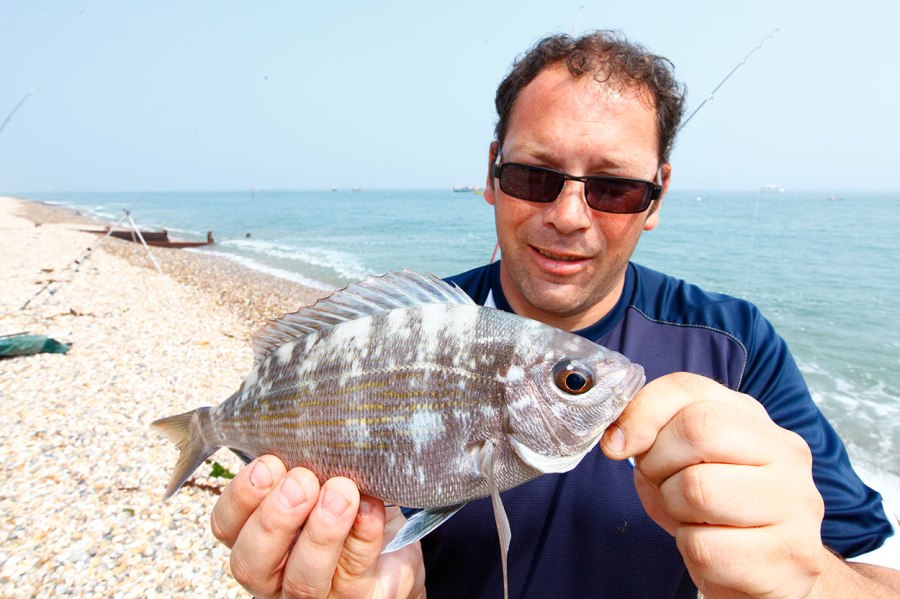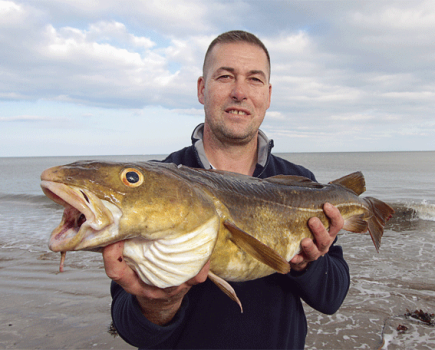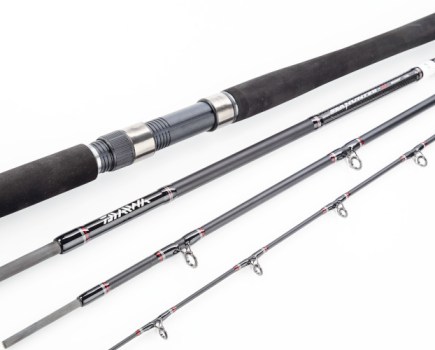The black sea bream can be found throughout the coastline of Britain and Ireland. The Scottish coast is about as far as the black sea bream travels.
It is most common in the southern counties of England, Wales and Ireland.
The usual size of an adult black sea bream is around 35 to 40 cm, but specimens have be recorded at 50cm long.
They are fond of wrecks and rocks, but black sea bream will graze over sand and seagrass meadows.
IDENTIFICATION
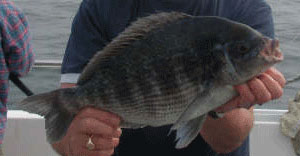
The black sea bream has a typical fish shape in that its body is oval, the back arched, the tail is large and forked, and the head is large.
It has a single, long dorsal fin, its mouth is quite small and, surprisingly, most adult black sea bream are silvery. It is only when the males begin nesting that they transform into a deep black colour.
Spawning males derive a fantastic blue/grey stripe between the eyes, and young black bream have a blue/black outline to the tail fin. Young black sea bream are also a lot more colourful than the adults – they have an array of yellowy stripes down the sides and rather spotty fins.
FEEDING
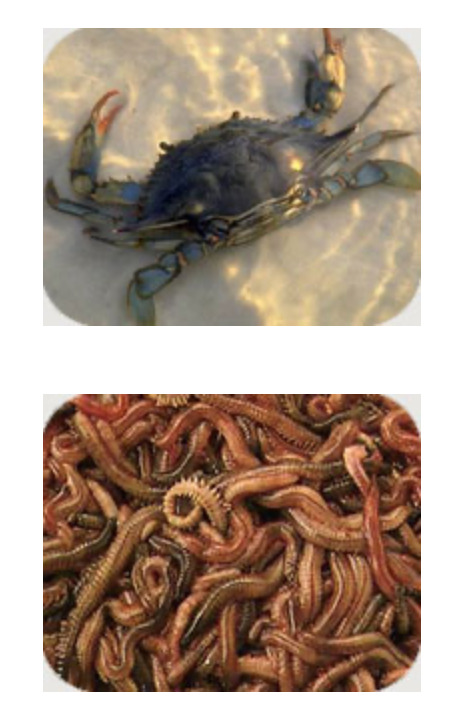
Due to the size of its mouth, the vast majority of the black sea bream’s food is small – worms, crabs, crustaceans etc. So to catch a black sea bream opt to use small baits such as peeler crab and squid strips.
BREEDING
The black sea bream only breeds in the English Channel around Britain, probably due to the water being warm there.
They spawn in April and May and, unlike most other bream, this species lays its eggs within a nest – a simple depression in sand formed by the male wafting his tail.
The eggs are sticky and therefore remain as a clutch within the nest. The male will remain with the nest throughout the incubation period and also remain to protect the newly hatched young. Only when the young are large enough to safely venture further afield will the male head off.

